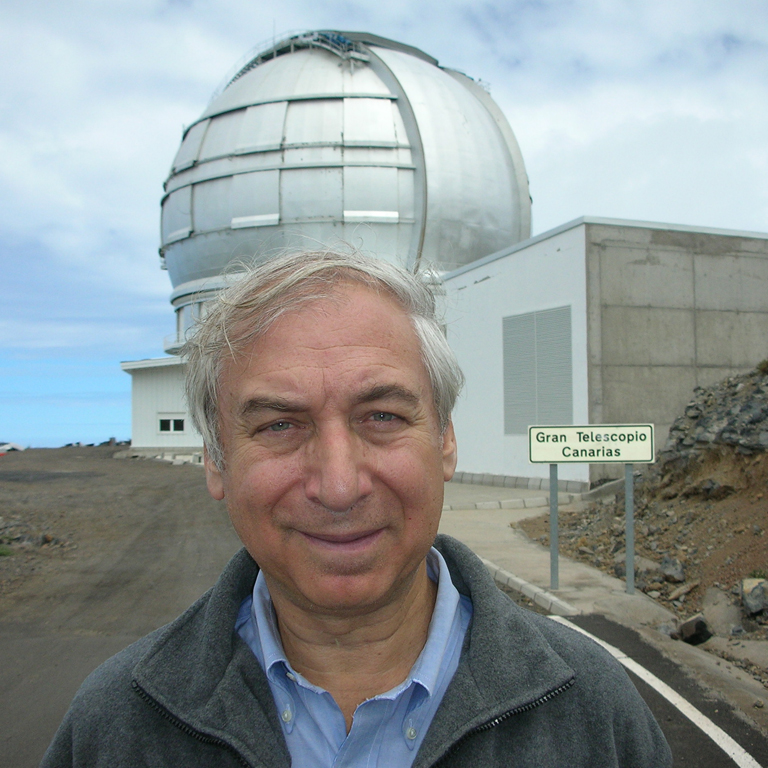Jay Pasachoff, Williams College – New Horizons Fly-By of Pluto
We’re about to learn a lot about Pluto.
Jay Pasachoff, astronomer at Williams College, details the exciting intergalactic current events.
Dr. Jay Pasachoff is Director of Hopkins Observatory, Chair of the Astronomy Department, and Field Memorial Professor of Astronomy at Williams. He earned his Ph.D. at Harvard and was one of the first contributors to The Academic Minute back in 2010, and recently provided a fascinating account of the total solar eclipse.
New Horizons Fly-By of Pluto

I’m just back from New Zealand, where my students, colleagues, and I used 3 telescopes on the ground and one on a plane to observe Pluto going in front of a star, an event called an “occultation.”
By the way that the starlight was gradually extinguished, we learned about Pluto’s atmosphere. Today is the biggest day of all in the history of our studies of Pluto because at about 8 am Eastern time, NASA’s New Horizons spacecraft went right by that dwarf planet, going only 8000 miles from its surface.
When Pluto was discovered in 1930, it was mistakenly thought to have nearly as much mass as our Earth. Once a moon was discovered around it over 35 years ago, we found out that Pluto actually has only a fifth of a percent of our Earth’s mass. We think that there are a hundred or so objects nearly as big as Pluto in the outer solar system, which we only recently have telescopes and computers powerful enough to survey. We, therefore, promoted Pluto to be the brightest of a new class of object called “dwarf planets.” The third graders of this world don’t have to learn all their names–so far Ceres (which has its own NASA satellite orbiting it now), Eris, Makemake, and Haumea.
We don’t even know which is bigger, Pluto or Eris, because Pluto’s atmosphere keeps starlight from passing through its lowest reaches. New Horizons will tell us that and more. The spacecraft is very far from Earth–radio signals from it take about 4 1/2 hours to reach us compared with only 8 minutes for light from the Sun. Its transmissions are so weak and slow that it will take weeks for samples of the best images to reach us and a year and a half for all the data to come back. So if New Horizons runs into a piece of dust near Pluto, it could die, and we wouldn’t get any more images or other data back to Earth.
The spacecraft is radio-quiet today so it can point its instruments toward Pluto, its moon Charon, and its smaller moons, especially Nix and Hydra, each only a few miles across. Then it will pivot so its antenna faces Earth and, 4 1/2 hours later, we’ll know if it survived.



